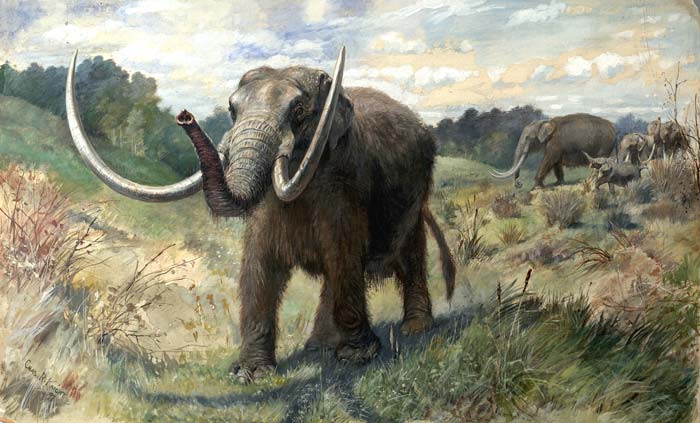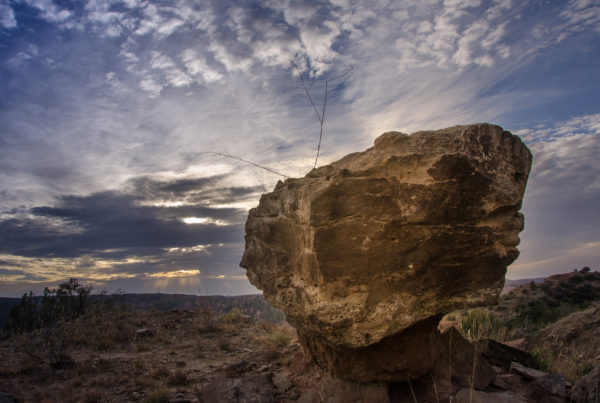Students of history likely can recite that the first humans in the Americas came across the frozen ice that linked Siberia and Alaska over the Bering Strait some 11,000 years ago, just before the end of the last ice age. Now comes this: a discovery in SanDiego and a new report that could turn decades of theory and conventional wisdom on its head.
Archaeologist Richard Fullagar of Australia’s University of Wollongong says a finding of piles of smashed mastodon bones with what looks like tools nearby could shake up the current theory about the first modern human by 100,000 years.
Each pile of bones had a large stone in the center. About 2 meters (6 feet) away, archeologists found a couple of large stones which looked like they had probably been used as hammers.
Fullager says archeologists can fit the bits of broken stone from the smashed up areas of mastodon bones back onto the hammers, refit bits of stone onto the anvils where the bones had been placed, and even refit bits of bone and teeth.
What you’ll hear in this segment:
– The correlation between mastodon bones and the tools found
– What critics are saying about the findings
– Is there another explanation for the piles of bones?
– What’s next in finding evidence of modern humans from that time period
Written by Beth Cortez-Neavel.
















